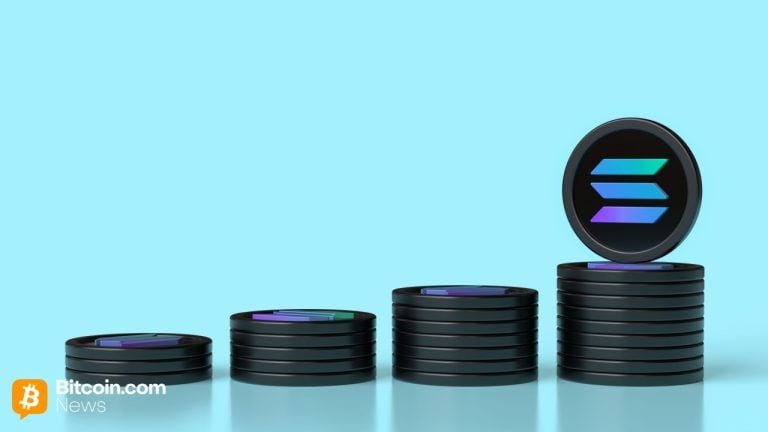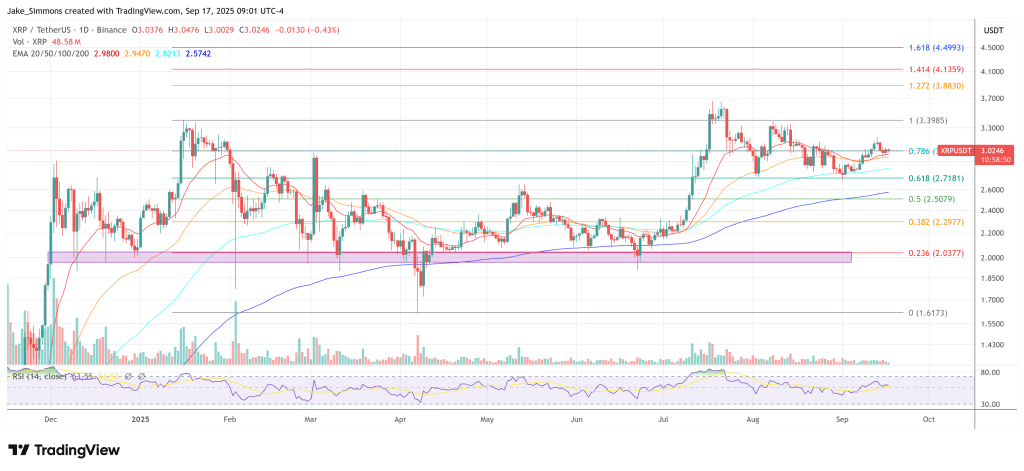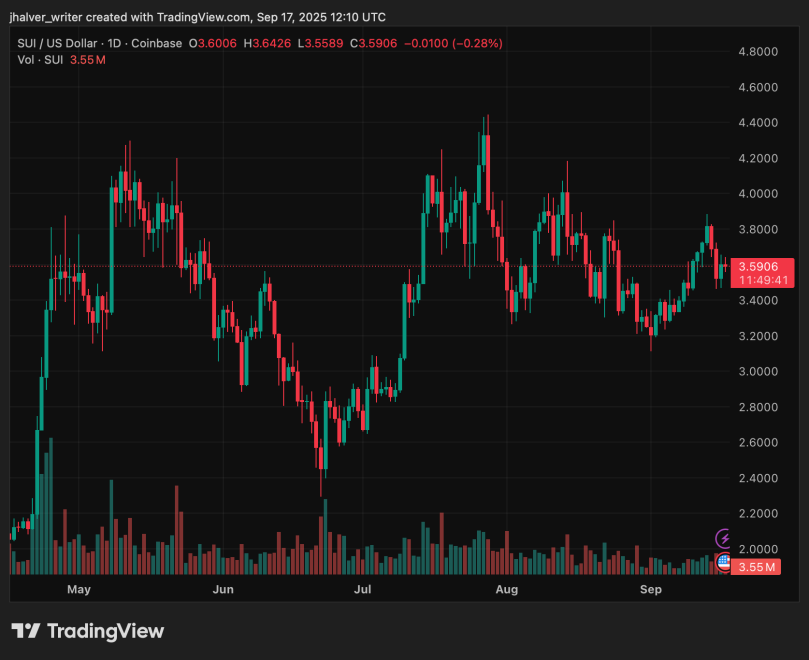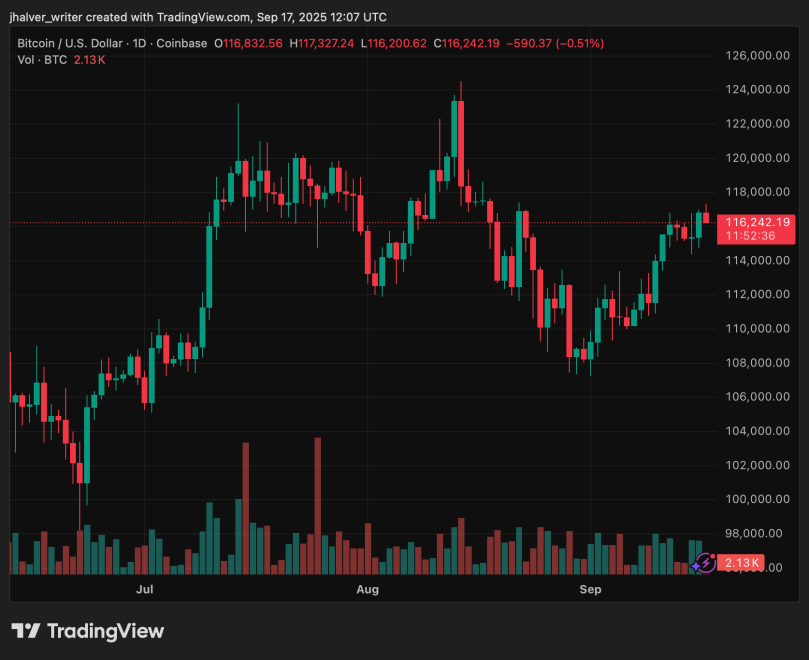
Nodle unveils open-source Bluetooth ‘nanocomputer’ N1 sticker aimed at increasing IoT connectivity across industries.
Decentralized network provider Nodle has launched a Bluetooth hardware sticker that is aimed at increasing Internet of Things (IoT) connectivity for a variety of industrial use cases.
The firm announced that it will open-source its Nodle NanoComputer (N1), which features a hardware security module that enables a range of Bluetooth operations. The N1 can be attached to any variety of items, with use cases ranging from logistics to track-and-trace applications.

Speaking exclusively to Cointelegraph, Nodle co-founder Garrett Kinsman said the intended use of the devices is to “bring intelligence to assets” that are not yet linked to an IoT network or are physically difficult to connect:
“Among the most relevant use cases are the tracking of shipping pallets, an old industry with volumes up to 6 billion units per year; they tried to use cellular or LoRaWAN radios, and these solutions turned out to be too energy intensive and costly.”
While Nodle will use the devices to increase the coverage and connectivity of devices utilizing its Bluetooth-based blockchain network, Kinsman believes the decision to make the technology open source stands to benefit the wider IoT industry.
“Anyone building on the Nodle network can use the license, start printing and using Nodle N1 stickers. The purpose of open-sourcing a hardware platform is to accelerate the adoption and the innovation in the space.”
Furthermore, the impact of blockchain technology provides a decentralized alternative to conventional IoT networks that host data from sensors and devices on centralized servers. Kinsman said that the latter relies on trust in a centralized point, which can be hacked, tampered with or modified:
“By pushing a public-private keypair into each sticker, the sensors themselves can act as a root of trust. This makes manipulating data or tampering with the overall system significantly harder, as the root of trust lies at the edge.”
As previously explored by Cointelegraph, Nodle’s network taps into the Bluetooth connectivity of a variety of smart devices for renting computing power, storage and communication capabilities. Nodle essentially uses smartphones to locate and connect nearby Bluetooth-connected objects in over 160 countries.
Kinsman also touched on the environmental impact of Bluetooth devices and N1’s approach to lessen its footprint. While the N1 uses a powered tag to provide enough energy for more advanced functionality of its hardware, it makes use of a rechargeable, zinc-based battery that is touted to have a 92% lower greenhouse gas impact than older-generation power sources.
Related: IoT project turns smartphones into blockchain nodes to broaden connectivity
Kinsman added that these batteries can last for years depending on usage, but running a Bluetooth chipset will generally last 12-24 months, depending on the use case.
The hardware itself is touted as Web3 native hardware, featuring a secure element that encrypts data. The N1 also has a processor that is capable of running basic applications that can communicate with the Nodle blockchain.
The devices are envisioned to provide further capabilities to conventional asset tracking by providing measurable metrics and data, including temperature, humidity, light and motion sensors.
A long-term goal for the hardware is to be able to host files, communicate with satellites and form part of mesh networks.
Collect this article as an NFT to preserve this moment in history and show your support for independent journalism in the crypto space.
Magazine: Green consumers want supply chain transparency via blockchain

You can get bonuses upto $100 FREE BONUS when you:
💰 Install these recommended apps:
💲 SocialGood - 100% Crypto Back on Everyday Shopping
💲 xPortal - The DeFi For The Next Billion
💲 CryptoTab Browser - Lightweight, fast, and ready to mine!
💰 Register on these recommended exchanges:
🟡 Binance🟡 Bitfinex🟡 Bitmart🟡 Bittrex🟡 Bitget
🟡 CoinEx🟡 Crypto.com🟡 Gate.io🟡 Huobi🟡 Kucoin.


















Comments